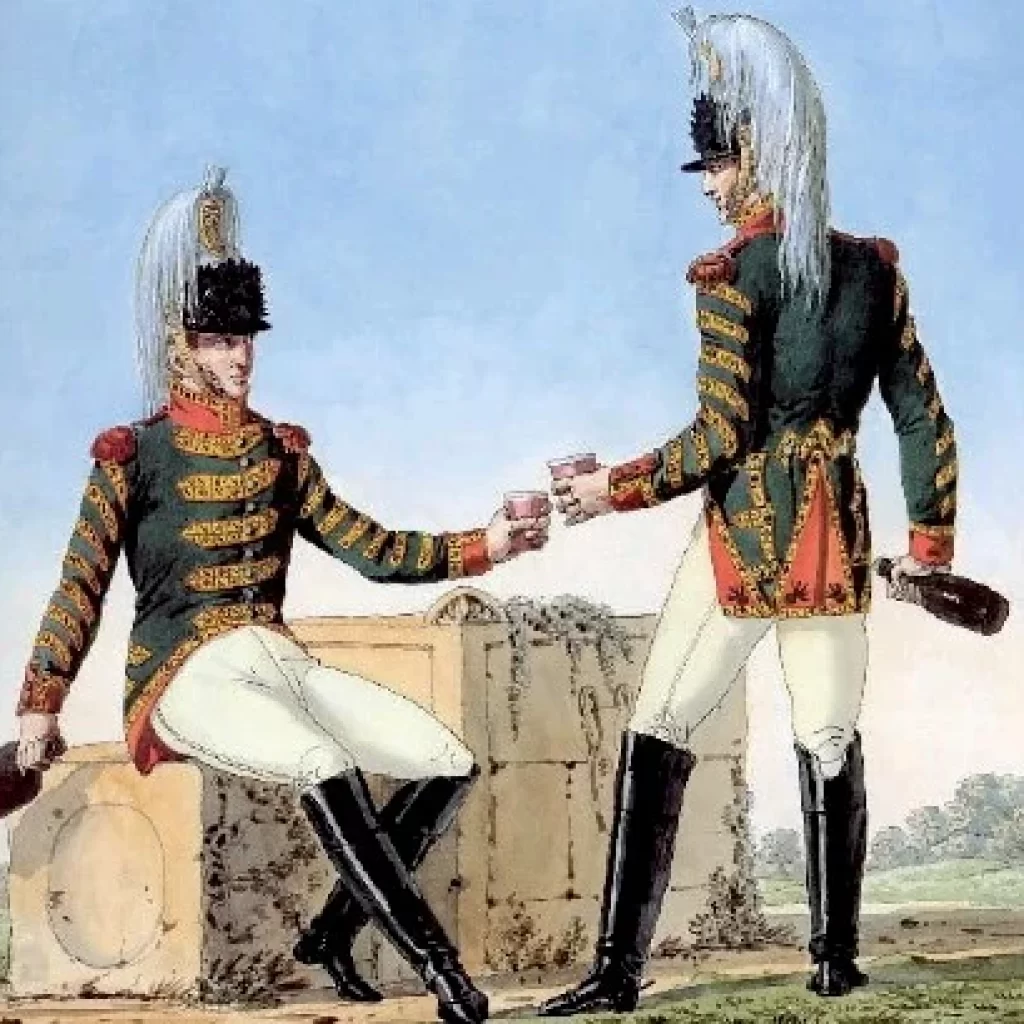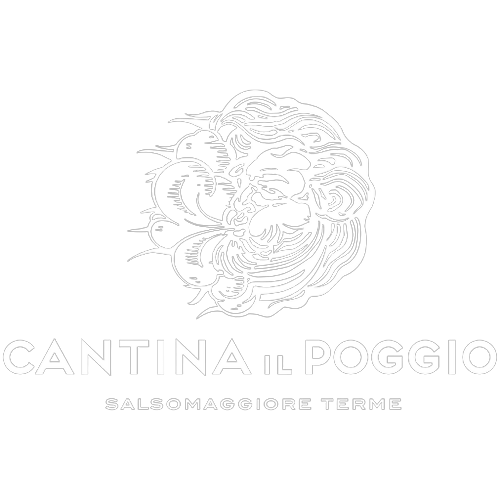Sabrage
Sabrage is a serious thing. It’s a ritual, a cerimony and something more.
Sabrage
Close your eyes and try to figure this scenario.
A group of valient soldiers just ended a battle defending their own land and their families. They won and they’re still alive, returning to the military camp riding their horses. Their unforms stained with blood and mud. They’re still full of adrenaline but they’re happy, so they draw out their combat saber…
And with a snap, decisive, unique and authoritarian stroke they detach the neck of the bottle of Champagne, deserved reward for their effort, their victory, for another day as survivors.
The art of saber the bottles of Champagne
Sabrage, the art of saber the bottles of Champagne, comes to these days from the Napoleon era. At the time, Napoleon’s light cavalry used a kind of sword called “sabre” to uncork the bottles and celebrate successful battles.
That’s why sabrage is a serious thing, that we have to preserve for the special moments and to be sealed with such a unique gesture.
A ritual to be performed with the saber and with nothing else: a gesture to know and practice with
caution, elegance, respect and happiness”

Two soldiers toasting after a victorious battle.
The value of sabrage
“Champagne! In victory is a merit; in defeat is a necessity”
Practice started by Napoleon to declare the battles finished, whether these were won, or lost. In case of victory, it was a real celebration, in which bubbles proclaimed the soldiers and their worth.
In case of defeat, it was a kind of “wind chimes”, what football coaches say in interviews: we bring the head already on the next game.
This is the first great value of the sabrage, which with a simple gesture could cheer the hearts of entire battalions, and why not, ours too when we make it in front of a festive audience.
Win or lose, SABRAGE !
If you win or if you lose, this gesture was made with a sword. This was a simbolic method to mock, to debunk and end violence through the very instrument of violence itself. This is another key of the sabrage, the weapon, the violent gesture that closes the doors to violence.
Most common errors
Here’s some tips to prevent the bottle from shattering nd to avoid the main difficulties that can be faced:
- Usually, the person who saber, decides to take off the bottle’s protective capsule, also called “dress of the bottle”. This mistake is as serious as not to make sure the bottle is cold enough. There is a clear possibility that the bottle will explode.
- Very often those who perform the saber prefer to take off the protective cage that acts as a protection for the cork. This is not so serious as long as the bottle is really frozen, although we strongly advise against it.
- Another very common mistake, which is maybe the most common one, is to hit the bottle in the wrong direction or to non put that much decision in the gesture. The blow must be sharp, precise and with a well-calibrated force. No need for excessive force. The bottle must have an inclination of about 45 degrees.
Keep in mind that each bottle is formed by two heat-sealed twin parts. Striking along the longitudinal weld line significantly reduces the risk of glass breaking incorrectly.
So… let’s go on!

1. Put your bottle of Liberty Spumante Brut in the fridge or in the freezer, based on how much time do you have. Do not leave the bottle in the freezer for more than an hour: it could explode !
2. Stay in an open space, with no one in front of you and always check the safety of you and your guests.
3. Take off the protective capsule on the neck of the bottle, remembering to keep a hand on the cage and aon the corck to prevent it from a sudden escape.
4. Take your sabre, put it on the bottle welding line, called “wire”.
5. Incline the bottle 45 degrees putting the blade in the direction of the cap.
Sabrage! Hit with the blade the neck of the bottle, which is going to jump with the protective cage.

Useful links
What’s the sabre ?
https://www.britannica.com/technology/saber
Cantina il Poggio
https://cantinailpoggio.it/en/cantina-il-poggio-english/
Some curiosities
https://vinepair.com/wine-blog/history-champagne-sabering/




Post a Comment